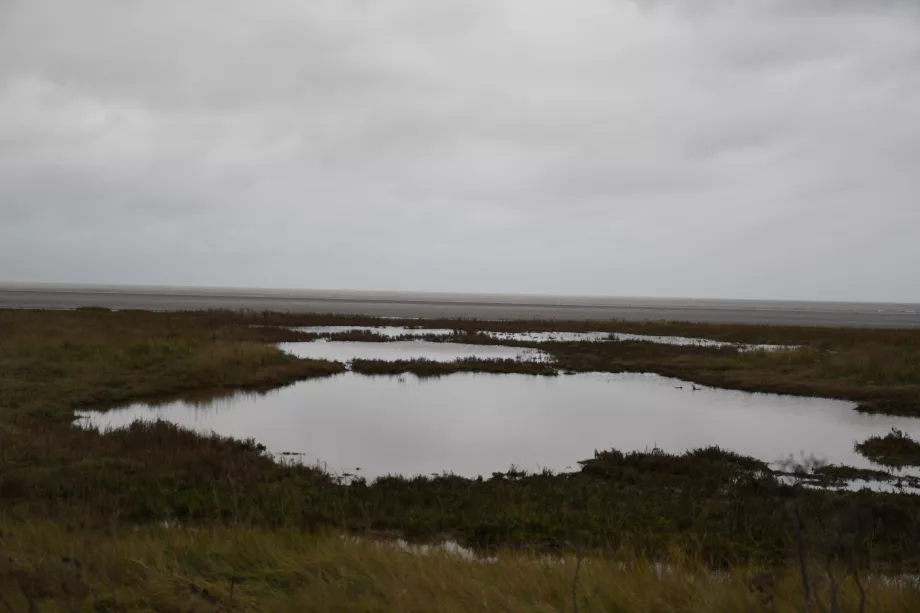The state of salt marshes & their conservation
Throughout human history, salt marshes have been threatened. As far back as Roman times, marshes are recorded as having been ‘reclaimed’ from the ocean for use as agricultural land. In modern day, urban development is narrowing the gap between land and sea, pushing out salt marsh habitats. Further still, increasingly harsh storms and rising seas due to climate change are eroding salt marshes the world over.
It’s no wonder, then, that we have lost an estimated 25-50% of the world’s historic salt marshes.
But as more work is done to study their importance, more people are looking for effective conservation strategies. The good news is that salt marshes typically tend to need little management if we only let well alone.
Where damage has been done, though, or where salt marshes could be ‘working harder’ with human intervention, restoration work can do wonders. The Essex Wildlife Trust, for example, established a salt marsh restoration project in collaboration with the Environment Agency at Abbotts Hall nature reserve, Blackwater estuary and Moverons Farm, Colne estuary. They have been strategically placing large coir rolls in low-energy channels within the salt marsh to encourage the build-up of sediment. Since the start of the project in 2018, the added structures have become integral parts of the marsh, stabilising it with the roots of new growth and sediment.
Because they’re so invaluable as natural pollutant filters and carbon sinks, many researchers are calling not just for their restoration, but for their creation. The Wildfowl & Wetlands Trust, for one, is aiming to create a network of 100,000 hectares of wetland – including salt marsh – across the UK in order to help meet carbon targets. Their existing reserve, Steart Marshes, currently stores an impressive 10,000 tonnes of carbon every year. As well as that, of course, it makes space for nature, reduces flood risk, and benefits the wellbeing of local communities.
We certainly hope there’ll be even more emphasis put on just how crucial salt marshes are – and that this is just the start of a conservation movement.
Visit Sandwich & Pegwell Bay
To experience the beauty of salt marsh for yourself, be sure to take a trip to Sandwich & Pegwell Bay! This precious salt marsh is well worth a visit at any time of year – be it a bleak, grey day when the landscape stretches out dramatically before you, or a warm morning spent watching the sun rise over the sea as the world and its wildlife wake up.
It’s one of the largest land haul-outs in Kent for seals, so you might be lucky enough to see some common or visiting grey seals. Take your binoculars, too, so you can watch the wading birds feed on the mudflats.
It seems fitting, in a blog about salt marshes and their importance, to talk about the fact that the future of Sandwich & Pegwell Bay is at risk at the time of writing. National Grid’s Sea Link plans involve a new cable making landfall at this internationally important National Nature Reserve with Site of Special Scientific Interest (SSSI), Special Protection Area (SPA), and Ramsar designations. The converter and sub stations will be built within Minster Marshes, resulting in the loss of 13ha of valuable wildlife-rich habitat.
If our words have rung true for you, we invite you to join us in calling on them to Rethink Sea Link – read more here.







